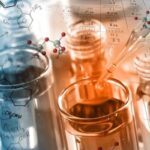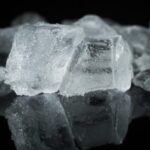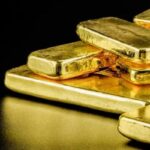We explain what a physical change is, how it occurs and how it differs from a chemical change. Also, examples and explanations.
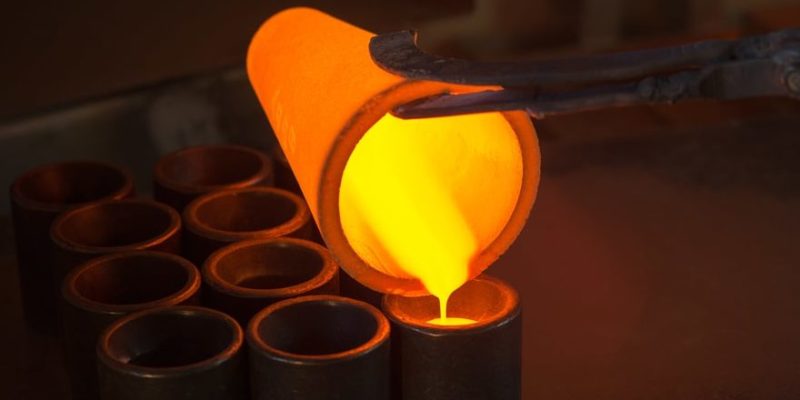
What is a physical change?
Physical changes of matter are changes that alter its form without modifying its composition. During a physical change, the substance does not change that is, it does not involve a chemical reaction. These are changes in the state of aggregation of matter (solid, liquid, gaseous) and other physical properties such as color, density or magnetism. Physical changes are usually reversible since they alter the form or state of matter, but not its composition.
As the name indicates, physical changes involve alterations in some of the physical properties of matter such as its state of aggregation, its hardness, its shape, size, color, volume or density.
Only rarely do these types of changes involve a substantial rearrangement of atoms (as occurs in the formation of crystals).
Man uses physical methods (based on physical changes in matter) on a daily basis in industry, medicine and many other applications. Examples of these are physical methods of separating mixtures (such as distillation, decantation, filtration and sedimentation) as well as the application of high pressures to liquefy a gas or the application of high temperatures to transform a liquid into vapor.
See also: Physical phenomena
Examples of physical change
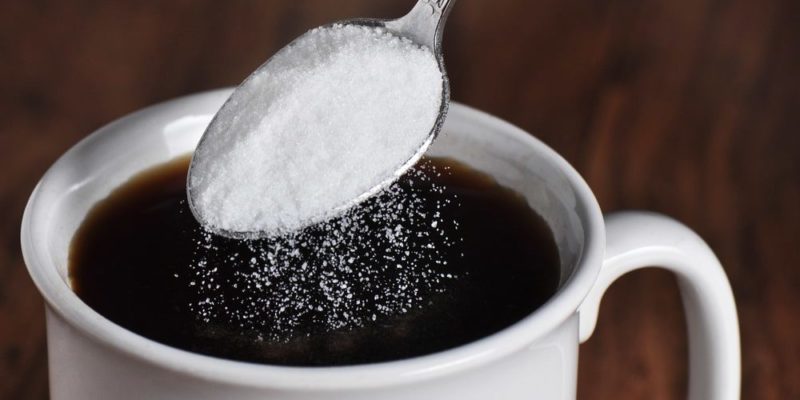
Some examples of physical change are the following:
- Evaporation of liquids Through this process, a liquid is passed into the vapor phase by administering heat. Evaporation occurs slowly, and the liquid molecules located on the surface are the first to move into the vapor phase. In this process, the molecules that make up the liquid are not chemically modified. Water vapor, for example, is still chemically water (H2O), even if it is in a gaseous state.
- Gas condensation It is a process that consists of cooling (removing heat) a gas so that it becomes a liquid. This process is opposite to vaporization. For example, when we bathe with hot water and the steam condenses on the mirror and fogs it up with tiny droplets, what happens is that the steam in contact with the mirror transfers heat to it, which condenses in the form of these droplets on the mirror. mirror.
- Solidification of liquids It is the process by which, by increasing pressure, a liquid can transform into a solid. The simplest example is freezing water into solid ice, without changing its chemical composition at all. But in this case the water turns into ice and the pressure of the liquid water greatly increases.
- Solutions of solids in liquids When we dissolve salt in water or sugar in coffee, we stop observing the added solids, but we still feel their effect on the mixture. It will be enough to vaporize the liquid to find the solid again at the bottom of the container, in its unaltered chemical form.
- Magnetization of metals Metals such as iron and other similar metals, when they come into contact with a source of electrical or magnetic energy, partially acquire a magnetic charge and attract other metals. We can see an example of this when we bring clips close to a magnet. In this case we will see how the clips stick to the magnet, but their chemical composition and shapes remain unchanged.
Physical change and chemical change

Chemical changes are those that alter the distribution and bonds of the atoms of matter and they manage to combine them in a different way to obtain substances different from the initial ones.
When a chemical change occurs, you always obtain the same amount of matter as you had at the beginning, even if it is in different proportions and combinations, since matter cannot be created or destroyed, only transformed. Unlike physical changes, chemical processes are usually irreversible and consume or release energy since in the process one or several chemical substances are converted into others, recombining their atoms in an always specific way.
It is not possible to separate the components of a chemical compound using physical separation methods, so it is necessary to use methods that involve chemical changes. For example, if we boil water, the resulting steam will still consist of water molecules, only now in a gaseous state, in this case, a physical change has occurred. On the other hand, if we react water with sulfur trioxide (SO3), we will obtain sulfuric acid (H2SW4), a totally different compound (in this case, a chemical change has occurred).
References
- “Physical change” on Wikipedia.
- “What is a physical change?” at TP Laboratory.
- “Physical change and chemical change” in the CCH Academic Portal of the National Autonomous University of Mexico (UNAM).
- “Physical Changes in Chemistry” in ThoughtCo.
- “Physical and Chemical Changes” (video) on MooMooMath.
- “10 Types of Physical Change” in Sciencing.

